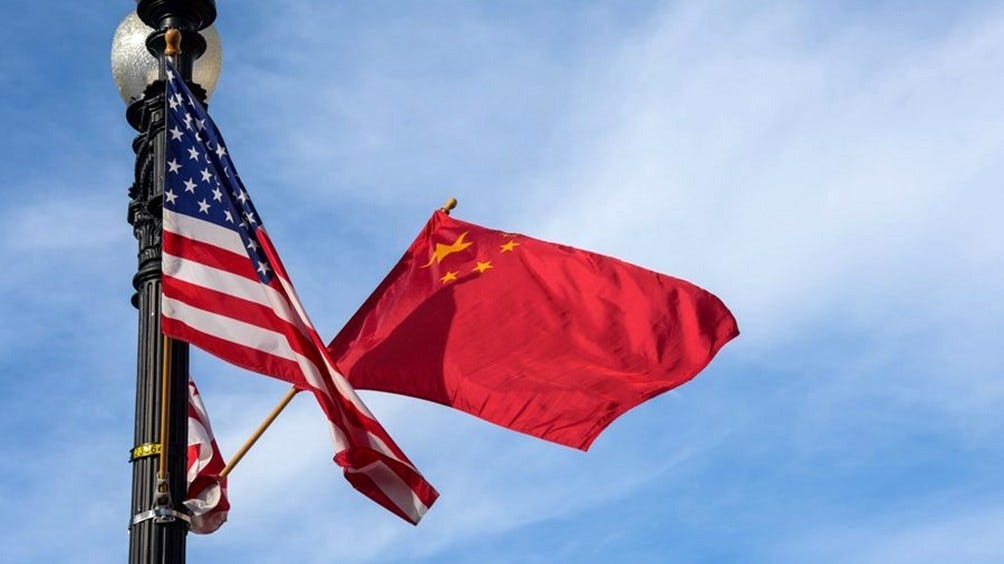US, China Play Dangerous South China Sea Game
China’s growing assertiveness matched by US combativeness

By: BA Hamzah
The South China Sea, through which an estimated third of global seaborn commerce travels every year, is becoming one of the world’s flashpoints with China and the United States having chosen it as the seaborne arena in which to assess each other’s strength at a time when Trumpian pre-election rocket-rattling can’t hurt at the polls.
Certai…
Keep reading with a 7-day free trial
Subscribe to Asia Sentinel to keep reading this post and get 7 days of free access to the full post archives.
